New Year Sale. Get 15% discount with code NY2025 on all filaments.
New Year Sale. Get 15% discount with code NY2025 on all filaments.
0 0 0 : 0 0 : 0 0 : 0 0
Shop nowDrawer menu
You have come this far because you have a 3D printer, GREAT. You've connected it to the network, levelled it and loaded the filament. But wait a minute, how do I send my 3D file so my printer can understand it? This is where slicers come into play. When we talk about slicer, we refer to the software that slices our 3d file into layers, thus transforming an STL file into a GCODE file. In addition to slicing the object, the slicer adds other parameters such as temperature and speed among many others.
Developed by Ultimaker, a Dutch 3D printer manufacturer, this software is the most popular of all those proposed. It is free and open source, and can be integrated into CAD software such as Autodesk Inventor and SolidWorks to help with workflow.
Cura is perfect for Ultimaker users, because it has a multitude of settings configured for a multitude of materials. Not only can we find printers from this manufacturer, there are a lot of machines preconfigured for this software. Also, for those with less experience, there is an option to limit the parameters, which makes it much easier to use.
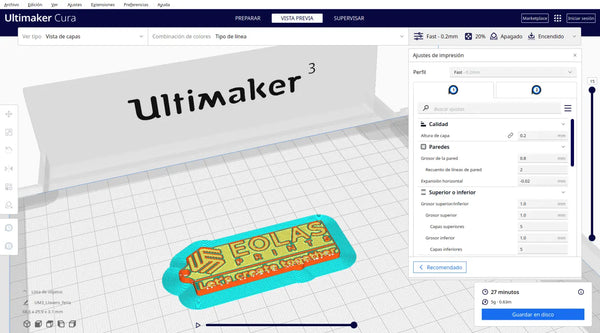
Developed by the renowned 3D printer manufacturer Prusa Research. This software is free, open source and is constantly being updated and developed. To help less experienced users or those who do not want to complicate things, this slicer is divided into 3 levels (simple, advanced and expert). In each of these levels you can find more and more parameters to learn them all little by little.
This software includes pre-configured profiles for your machines, ensuring correct printing without changing any parameters. In addition to Prusa printers, there are more and more printers preconfigured in this firmware, as well as a large number of new materials that are expanded with each update.
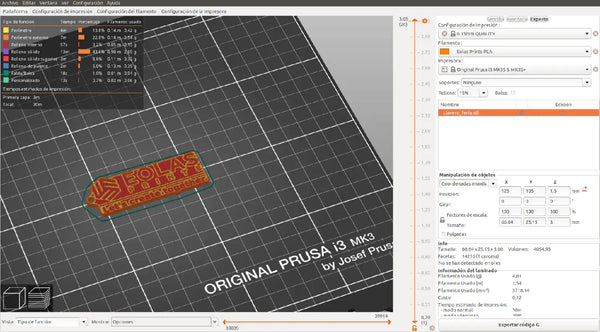
Developed by 3D printer manufacturer Raise3D. Like Cura or PrusaSlicer, this firmware is not exclusive to Raise3D printers, but is compatible with third-party printers.
This software is free and allows the user to configure parameters such as placing custom supports, and also includes some innovative options such as applying textures to the parts using a high-contrast image.
Another of the functionalities of this slicer is the synchronisation with RaiseCloud, with which you can monitor and manage the 3D printing processes.
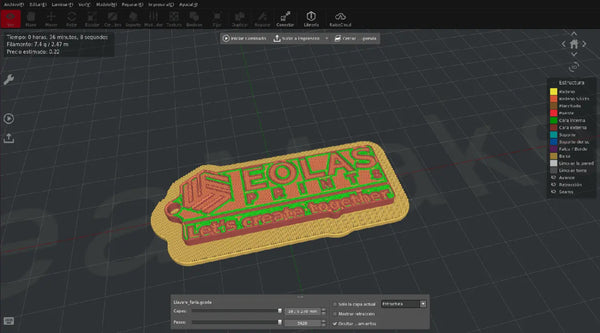
You can download the software here
This software is based on PrusaSlicer, which in turn is based on Slic3r. The word SUPER is added due to the multitude of configuration options and new features that are added. This slicer is free, open source and is constantly being updated and developed.
What makes this slicer special are its unique features such as: "Only one perimeter on Top surfaces" (improves the surface finish of parts) or "Brim Ears" (adds brim only where needed).
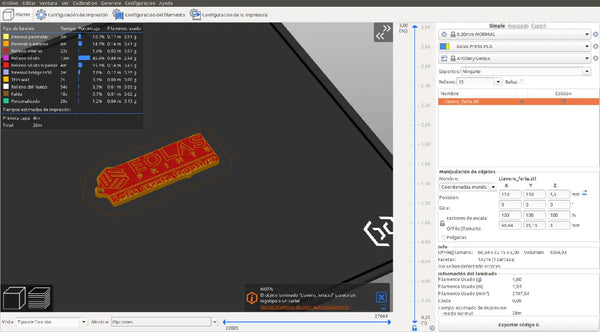
KISSlicer acronym for Keep It Simple Slicer, is a software very oriented to the experienced user as it focuses mainly on the more technical aspects of 3d printing.
It has three versions, the free version is limited to a single extruder. It is necessary to purchase the PRO licence to add multi-extruder and other parameters, which is priced at $42. To get the full program you have to spend 82$ and you will have this magnificent slicer with all its complements.
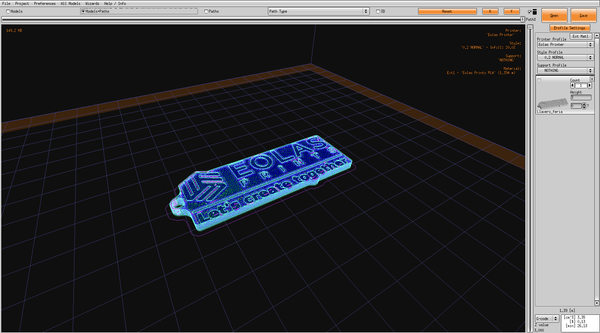
Simplify3D is one of the best options for advanced users when it comes to slicer software. It has a high level of parameter control and excellent processing speed.
One of the main features of this software is that you can manually edit the supports and you can add or remove them as you wish, as well as choose different settings for different regions of the model.
Simplify3D supports a wide range of 3D printers, both commercial and self-assembled and self-designed. It is said to be the slicer that supports the most printers on the market.
This software has a one-time price of $149 for a shared licence on two computers. You can download it here.